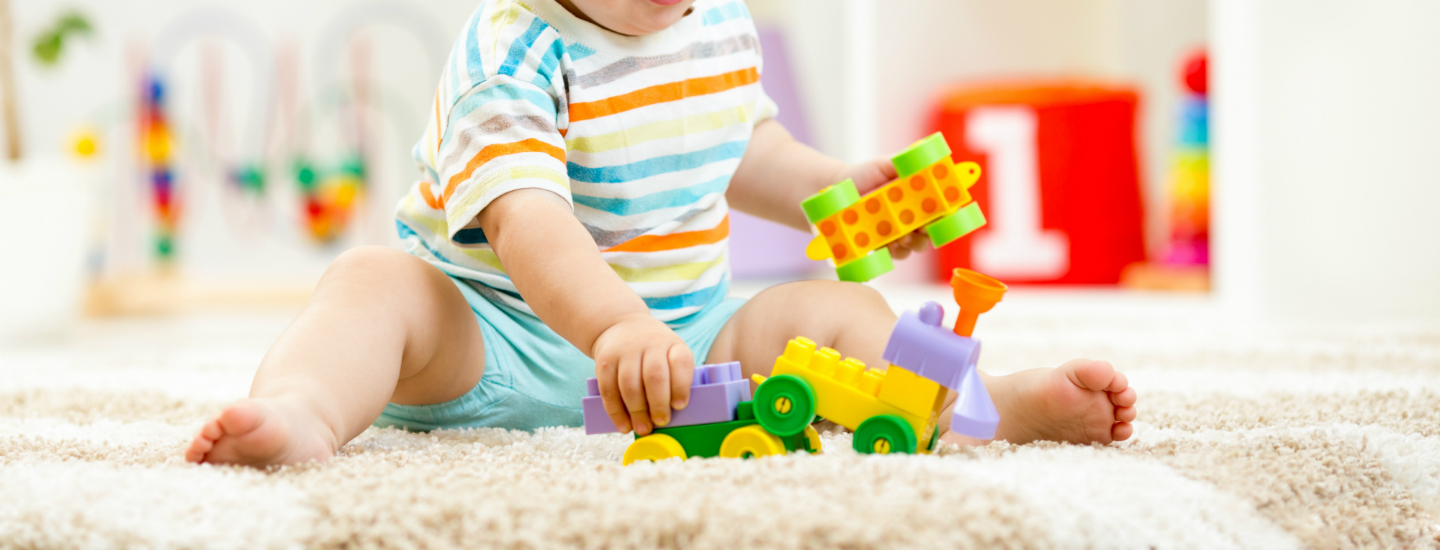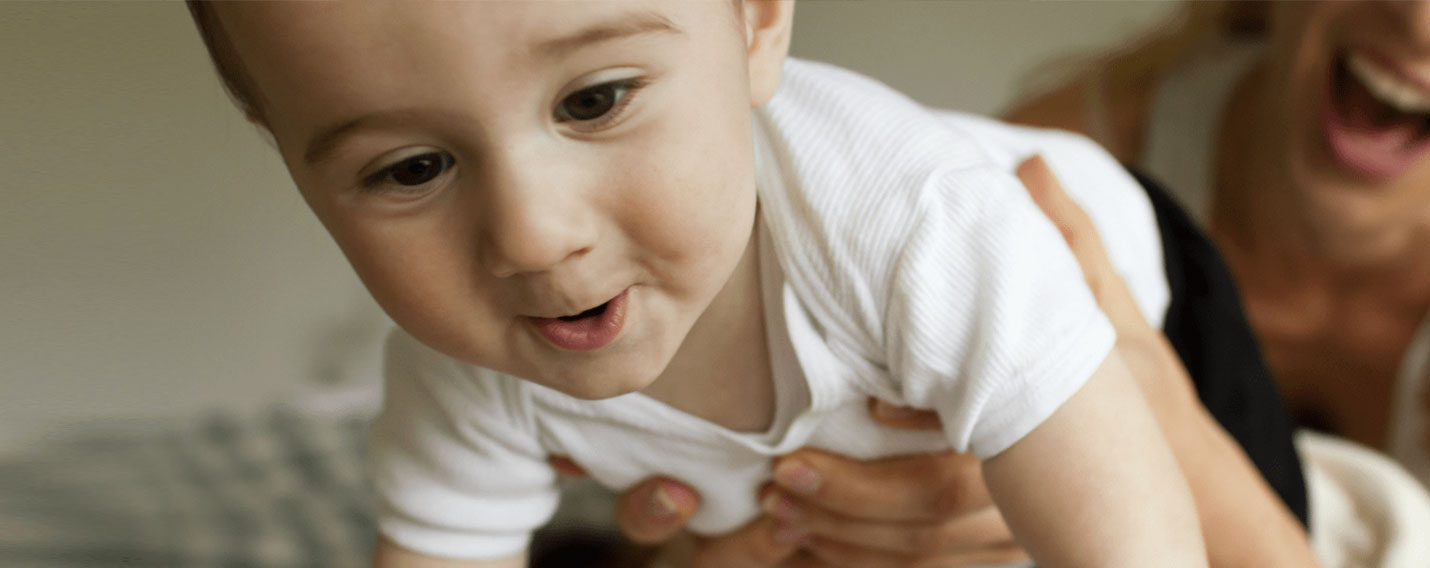Living beings don’t just get their traits from their parents, they are also influenced by their environment. Children live in a society filled with people, and so they are born with certain tools that help them interact with and learn from those around them.
From birth, children have a clear understanding of the human face and are able to imitate it to communicate with others. Try it with a newborn baby. If you stick your tongue out at a baby, they will stick theirs out right back at you.<sup> (1)</sup>
This is a very important skill that babies are born with, because they are surrounded by people who want to nurture and communicate with them. Unlike chimpanzees for example, human mothers are encouraged to socialize their babies, which we can see through countless post-birth baby visits from friends and family, and from birthday parties and playdates.<sup> (2)</sup>
These interactions are necessary because they help children develop their social skills, and form relationships with people and things in their environment. <sup>(3) </sup>Children learn a lot from these social encounters just by watching adults move about the world.
From these observations, they begin to understand things like movements have clear goals, and also how to use objects.<sup> (4) </sup>So, they are able to understand that daddy is trying to open the fridge and mommy is drinking from the glass.
Social skills are the first abilities that humans develop, <sup>(5) </sup>and they continue to grow even after children learn to communicate through language, which, as you might expect, is extremely important for social development.
Language can only be developed by interacting with other people, and most linguistic abilities are acquired during the first three years of a child’s life. While society plays a major role in developing children’s language skills, without a healthy brain it would be impossible for a child to progress these abilities.
Scientists have discovered that iron is a key ingredient in the formation and development of a healthy brain, and as such, iron deficiency has serious impacts on the social abilities of children. <sup>(6) </sup>This is why preventing iron deficiency in children, especially during those pivotal first three years, should be the aim of pediatricians, parents, and anyone else concerned about the wellbeing of children.
Dr. Furat Kreshan
Pediatrician and Neonatologist
Show Resources- Meltzoff, A.N. and Moore, M.K. (1983). “Newborn Infants Imitate Adult Facial Gestures”, Child Development, 54, 702-709
- Hrdy, S 2006. Evolutionary context of human development: The cooperative breeding model. In Attachment and Bonding: A New Synthesis, ed. C. S. Carter, L. Ahnert, K. E. Grossmann, S. B. Hrdy, M. E. Lamb, S. W. Porges, and N. Sachser, 9_23. Cambridge. MA: MIT Press.
- Scaife, M and Bruner, J. 1975. The capacity for joint visual attention in the infant. Nature, 253: 265–266
- Meltzoff, A. N. (1995). Understanding the intentions of others—reenactment of intended acts by 18-month-old children. Developmental Psychology, 31(5), 838–850
- Wobber V, Herrmann E, Hare B, Wrangham R, Tomasello M. Differences in the early cognitive development of children and great apes. Developmental Psychobiology.
- ozoff B, Smith JB, Kaciroti N, Clark KM, Guevara S, Jimenez E. Lozoff B, et al. J Pediatr. 2013 Nov;163(5): 1260-6.






